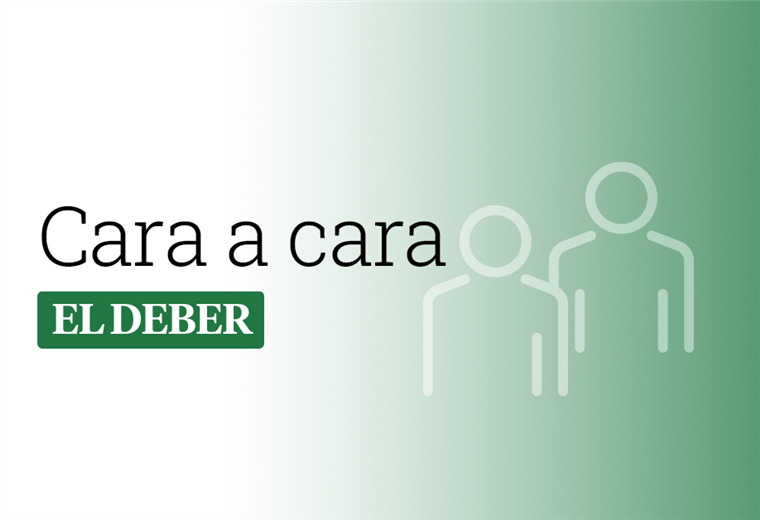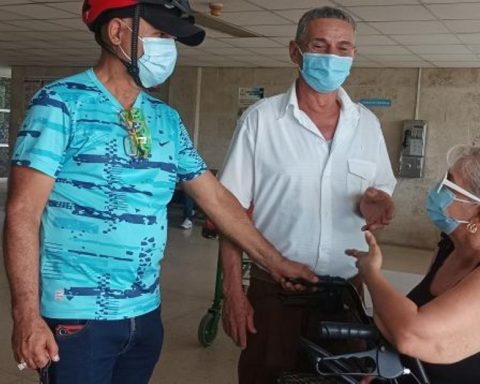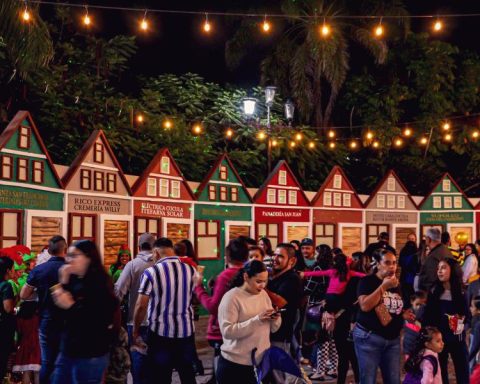The chewing or ‘pijcheo’ of coca leaves is an ancient custom that has existed for 4,000 years. It is common among indigenous populations. The ‘acullico’ is a small ball made of coca leaves that is kept in the mouth together with an alkaline substance that, depending on its composition, receives different names such as bleach, cuta or pillagua. The ‘sacred leaf’ is ‘pijchea’ or chewed to slowly suck its juice that acts as a mild stimulant and helps combat hunger, thirst, pain and fatigue. But the process of chewing coca also leads to the appearance of pigmentation of the oral mucosa, dental wear and periodontal diseases.
According to a recent report by the United Nations Office on Drugs and Crime (UNODC), Santa Cruz has become the department in Bolivia with the highest consumption of coca, with 38% of the total consumption nationwide, almost all of which is used for ‘acullicar’ or ‘boleo’, which has spread widely and rapidly in the Santa Cruz region. In the capital city, it is easy to see that the habit of ‘acullicar’ and/or ‘bolear’ reaches different social strata, even the highest, unlike what happens in other parts of the country, particularly in the west.
With a cheek deformed by the bolo, strong breath and sometimes a trickle of greenish juice that runs from the corner of his lips, it is possible to identify the presence of the unrepentant ‘boleador’ who, in a certain way, in our environment can be considered as the result of a powerful and inevitable process of acculturation.


















